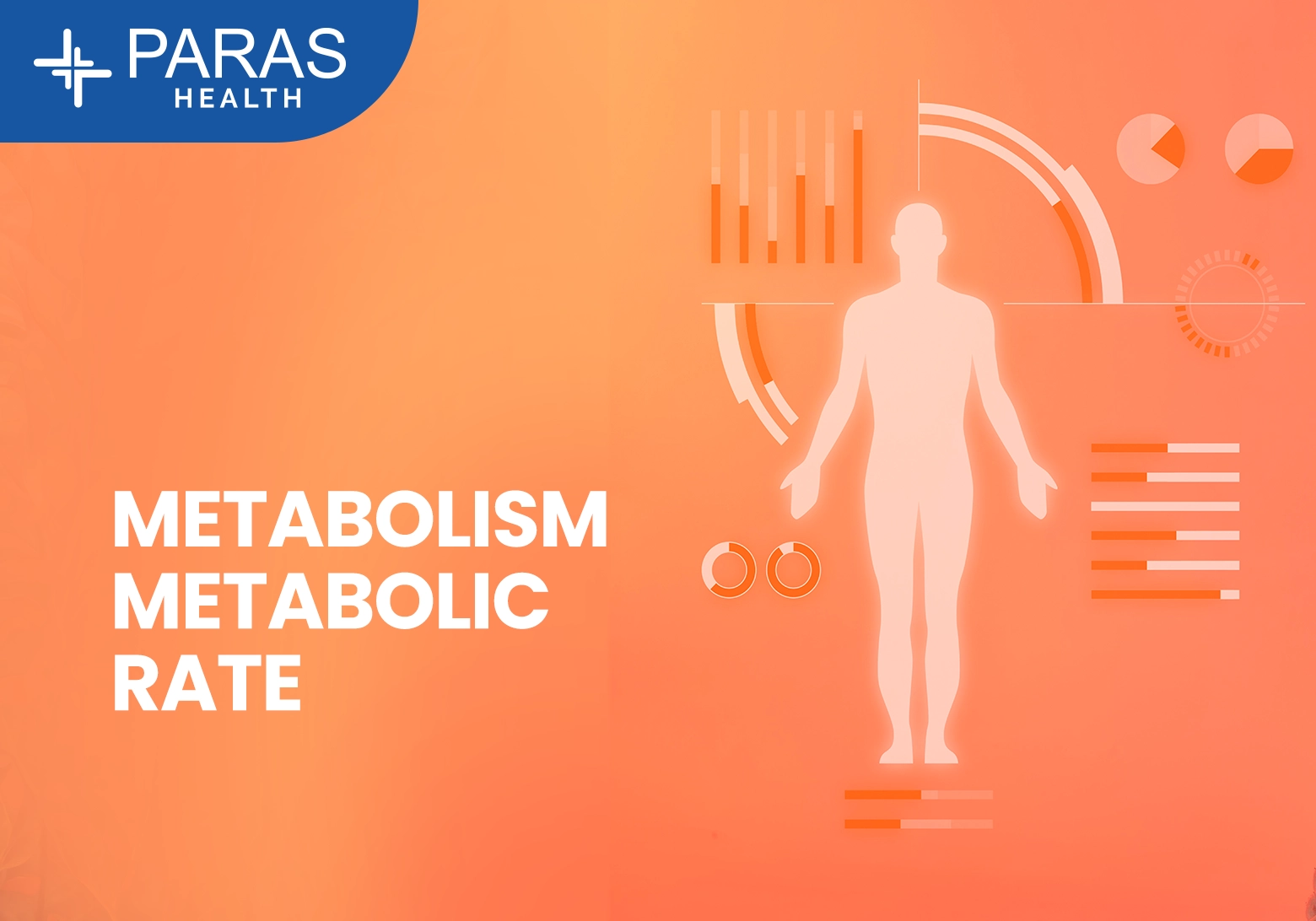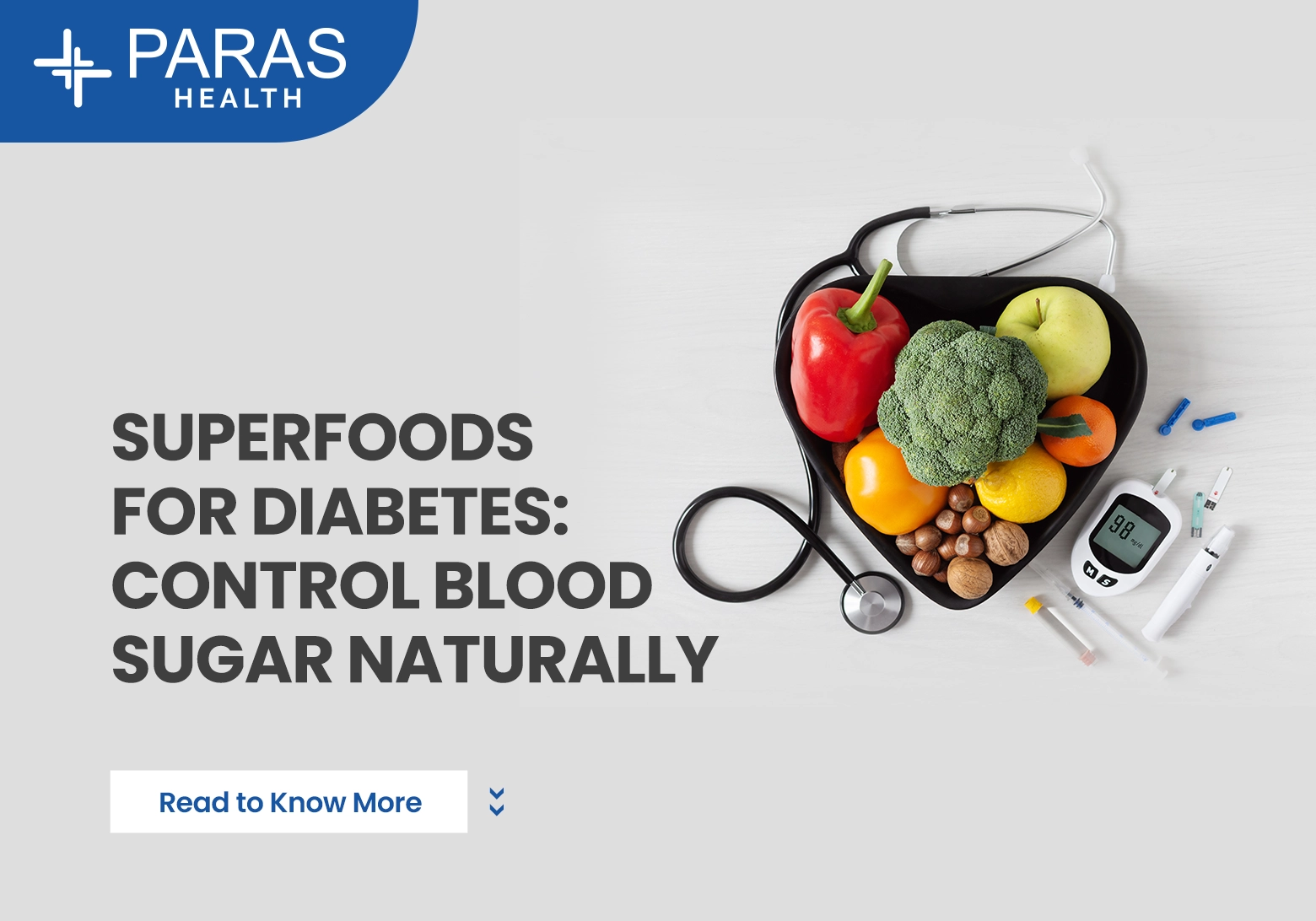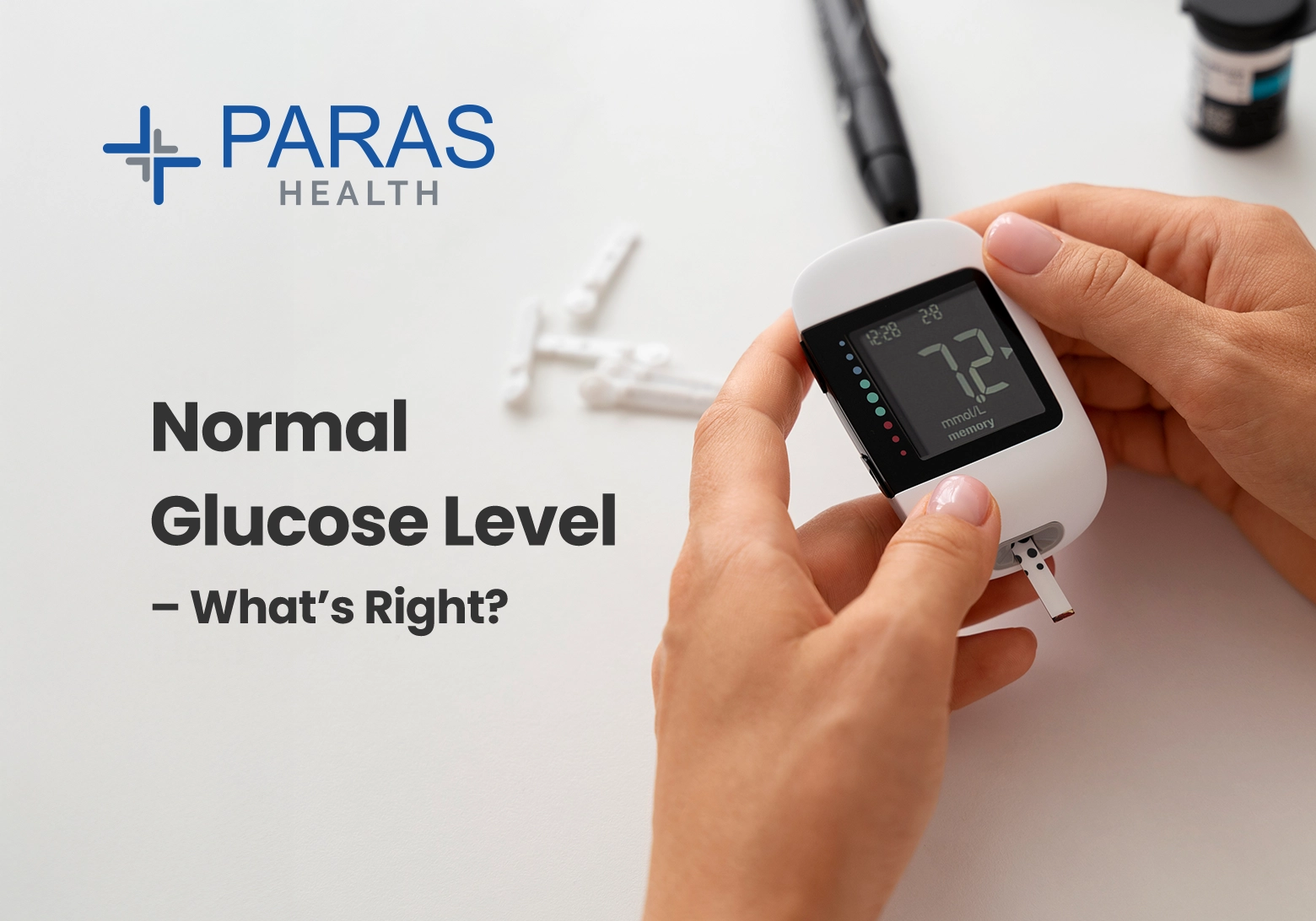World Thyroid Day: Understanding Hypothyroidism and Its Silent Symptoms
May 23, 2025
Thyroid gland is situated in the front of the neck below the thyroid cartilage. Normally it is the size of the terminal digit of a person’s thumb, and produces many hormones collectively known as thyroid hormones. A required amount of these hormones is important for all the vital activities in the body. Therefore, the deficiency or excess of thyroid hormones affect the functioning of all the body systems and thus cause many adverse effects on the body.
What abnormalities can occur if thyroid gland does not function properly?
Three types of diseases affect the thyroid gland depending on the production of thyroid hormones: deficient thyroid hormone production (hypothyroidism), excessive thyroid hormone production (thyrotoxicosis) or enlargement of the gland and rarely a malignancy may affect the gland with or without affecting thyroid hormone levels. Overall hypothyroidism is more common than other two disorders.
What is hypothyroidism and how does it present?
Hypothyroidism means the thyroid gland is not producing required amount of hormones. Hypothyroidism is a common disease especially affecting middle-aged women. As per the studies from the west, around 10% of women have some degree of thyroid hormone deficiency. An Indian study estimates the prevalence of hypothyroidism as 15% in women and 5% in men. Symptoms of hypothyroidism include fatigue; weakness; weight gain or increased difficulty in losing weight; coarse dry hair or loss of hair; rough pale skin; cold intolerance (you can't tolerate cold temperatures like those around you); muscle cramps and frequent muscle aches; constipation; depression; irritability; memory loss; abnormal menstrual cycles and decreased sexual desire. In addition, it is a frequent cause for infertility and miscarriages. A person suffering from hypothyroidism may have all or some of these symptoms. The above symptoms may occur if the deficiency develops rapidly or there may be no symptoms, if developed slowly. Majority of the patients seen in clinical practice have no symptoms because they are diagnosed at an earlier stage. In children, hypothyroidism may present as growth failure and suboptimal school performance. Rarely hypothyroidism may be because of defect in the pituitary gland (an endocrine gland situated in the brain, controlling the function of many glands, including thyroid).
How is hypothyroidism diagnosed?
Hypothyroidism is diagnosed by thyroid test which includes measurement of total or free T4 (Tetra iodothyronine) and TSH (Thyroid Stimulating Hormone). A combination of low T4 and high TSH makes a diagnosis of hypothyroidism (low T4 associated with a normal TSH means hypothyroidism because of pituitary disease where as a normal T4 and mild increase in TSH means subclinical hypothyroidism).
What is subclinical hypothyroidism and does it need to be treated?
Sometimes there may be no symptoms and mild abnormalities in the thyroid test are detected on routine testing. In this setting T4 will be in the normal range and TSH increment is usually less than 10 U/L, it is the most common thyroid disease encountered in clinical practice. Whether subclinical hypothyroidism should be treated is debatable. Generally, a TSH level of less than 10 U/L does not need treatment and can be followed every six months for progression. In some circumstances like infertility, abortions, palpable thyroid swelling and pregnancy, treatment is needed even at TSH level of lower than 10 U/L. Sometimes measurement of antithyroid antibodies (like Thyroid Peroxidase antibody test) may be required to decide the treatment of subclinical hypothyroidism
How is hypothyroidism treated?
Treatment of hypothyroidism consists of replacement of deficient hormone. This is done by administration of thyroxine. The starting dosage should be low and the increment in dose should be slow (especially if hypothyroidism is of long duration). An adult individual usually needs approximately 1.6 micrograms/Kg body weight (around 100 micrograms for a 60 kg person). A person should be started on low dose of 12.5 to 25 micrograms per day; dose is increased by every 2-4 weeks. So, expected dose of 100 micrograms will be given in 12-16 weeks. Starting a high dose or rapidly increasing the dose may cause undesirable side effects like an increase in the heart rate, coronary heart disease or irritability and muscle cramps as the hormone affects the heart and muscle activity. Thyroid test is repeated 6 weeks after administration of adult dose. Depending upon the level, dosage is adjusted.
How do we monitor thyroid functions while on treatment?
In primary hypothyroidism, TSH alone is measured to monitor the therapy. The aim should be to maintain the TSH at the lower end of the normal range (0.4-5 mIU/L). As it takes at least four weeks for the TSH to stabilise after a change in thyroxine dose, any testing of TSH should be done at least 4-6 weeks after the change. Repeated testing every six weeks is appropriate until the dose is stabilised. After the dose is stabilised, TSH measurement every 6-12 months is usually adequate monitoring unless a problem arises.
When should we take thyroxine medications and what are the dietary precautions?
It is very important to take the tablet of thyroxine in the fasting state in the morning because many food items and drugs interfere with its absorption. Common drugs like antacids, stomach medications, calcium, iron, products like soya been; coffee, tea or alcohol; fatty, sugary and processed foods interfere with the absorption of thyroxine from the gastrointestinal tract and need to be avoided. Cruciferous Vegetables such as cauliflower, cabbage, when taken as a salad, can directly affect the thyroid function by decreasing the production of thyroid hormones. The untoward effect of these vegetables does not persist after cooking them. If the medication is missed on any day, it can be compensated on other day by taking the additional dose.
How to manage hypothyroidism in pregnancy?
Thyroxine requirements increase by 25-30% during pregnancy with increased requirements seen as early as the fifth week of pregnancy. After confirmation of pregnancy, thyroxine dose needs to be increased by 30-50%. During pregnancy, thyroid tests both T4 and TSH need to repeated every month to adjust the dose. A TSH level of < 3 is the adequate level during pregnancy. Children born to women whose hypothyroidism was inadequately treated in pregnancy are at increased risk of neuropsychological impairment. The thyroxine dose returns to the pre-pregnancy dose after delivery whether the mother is breastfeeding or not. It is preferable to test the baby for thyroid abnormalities.
Summary:
- Hypothyroidism is a common disease especially in women.
- TSH level of <10 U/L usually does not need treatment with few exceptions.
- Start the thyroxine in low doses and increase the dose gradually.
- Take tablet in the morning in a fasting state.
- Monitoring for thyroid function should not be done before 6-8 weeks after the onset of therapy.
- During pregnancy the dose of thyroxine need to be increased by 30-50 %.










